
views
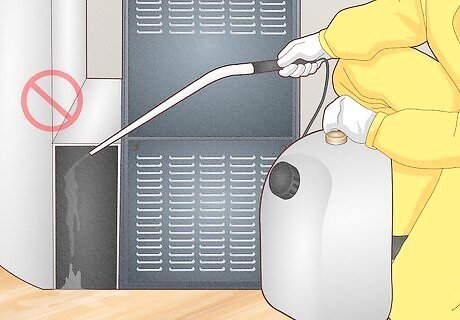
Be aware exterminators alone will not help, and their products are not good for you. The pest control guys and building superintendents want to come in and "bomb" your stuff. Let's see, putting the residue of toxic bug killing haze all over your furniture, floors, walls and toys hurts who -- the bugs who live hidden in other spaces, or the people who use and touch the stuff? Just say no to cockroach "bombing". To really cure this problem, you need to be in a place you are going to stay for awhile. If you'll only be there for a month or two, you might just want to find a different place. Otherwise it is not labor or cost effective. This method got rid of 100% of the cockroaches in at least one apartment without exposure to toxic pesticides. Use the barrier method. It may not be 100% effective in preventing pregnancy but it works pretty damn good for roaches. Basically, roaches live in the walls, you don't, so decided not to care if the roaches do. Stop them from coming out into your side of the apartment (outside the walls).

Put a tube of caulk in the caulking gun (see: Things You'll Need). Cut an opening in the tip, and keep it small so you have good control.
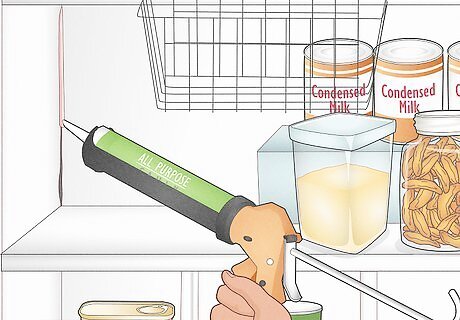
Start in the kitchen. Keep a damp paper towel handy to wipe your hand on. Examine your cabinets. Cabinets are hung on walls which may have openings in them that you can't see or seal up, so seal with caulk all around your cabinets. If you do a neat job, your landlord will not even know you did anything. They'll only be pissed at you if you make a big messy blob. Ask for help if you've never done it before. Squirt the caulk out along the joint, then smooth it down with a damp fingertip. Wipe off excess.
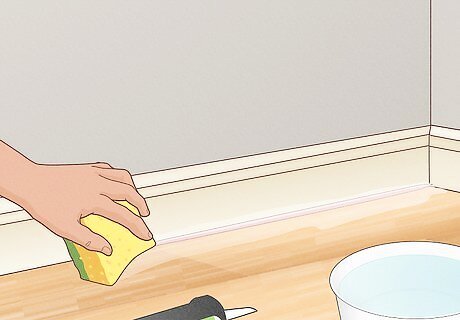
Keep a sponge and a bucket of water with you. Dampen the sponge, squeeze it out and run the long edge along the floor (or surface) where you just caulked. Don't press really hard--let the sponge keep an edge. You'll have a thin, smooth line when you're done. Wring/rise out the sponge after each swipe. Make sure to caulk between each cabinet box where it butts against the next cabinet. Also get up on the counter and check the top side of the cabinets and seal it off up there, too. Look inside your cabinets and seal any openings on the back wall. Make sure the sink is sealed to the countertop. If you find any major holes use expanding foam to fill them. That stuff is ugly, so if it is exposed, make a plan to fill the space that looks better than the foam. A secret opening the cockroaches know about but you don't is the gap between the countertop and the cabinet box on the underside. Take out all your stuff and caulk that baby good! Do all the cabinets on all sides in your whole kitchen.
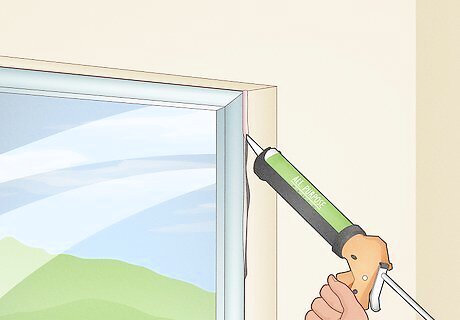
Do an exhaustive search. Crawl around the edges of all of your rooms. Anywhere a wall meets a floor, ceiling, windowsill, door jamb or trim item needs to be caulked. This takes time, and a LOT of caulk. When in doubt, caulk it. Apply a thin layer of caulk and use as little as possible.

Tackle switch plate covers -- here is where you may want to call an exterminator. There are special baits an exterminator has access to that a regular person does not. Before you take off all the switch plate covers and seal around them, the exterminator can place bait inside the walls. Tell them to put in a lot because it will be hard to get back under there when you are done. The baited cockroaches go back to the nest, die, are eaten by others and kill at least some of them, too. A comforting thought. After you've resolve the bait issue, every single switchplate and outlet cover of any type must be must be taken off, caulked around the inside edge and stuck back on (wipe off any extra that oozes out). You might think they'd come through the prong openings on an outlet but there is not really much access. You can use the plug covers if that bothers you.
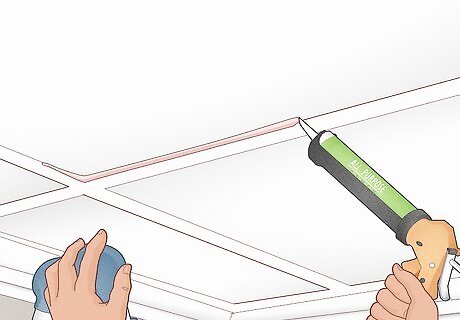
Deal with Dropped or acoustic ceilings -these are the hardest thing to fix if the acoustic tile has big holes in it (pencil eraser size, for example). You might want to replace the holey kind, or hire someone to float drywall mud over it and paint it. Ask your landlord to do it, or at least for permission if you are a renter. This type are usually glued to the ceiling and may have asbestos so it is better not to pull them down. If the fibrous acoustic tiles do not have holes in them, either paint the whole thing to seal between the panels and the metal hanging strips, or lift each panel,caulk around it and set it back down.
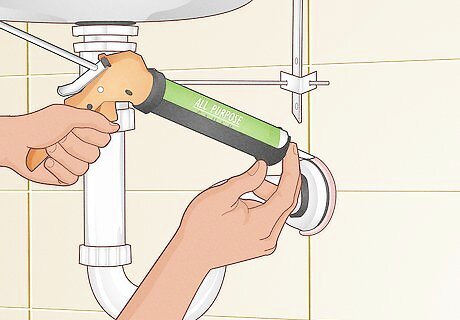
Do the plumbing. This is very important, since roaches need water even more than they need food -- they've got nest mates for that! Make sure your tub is caulked all around, even at the top of the wall surround. Caulk gaps in the grout if you have tiles. Get down and caulk all around the base of your toilet. Pull the thin metal flanges away from the wall where the pipes come through and caulk around the pipes. Caulk around the cabinet or around the sink itself if it is hung from the wall.
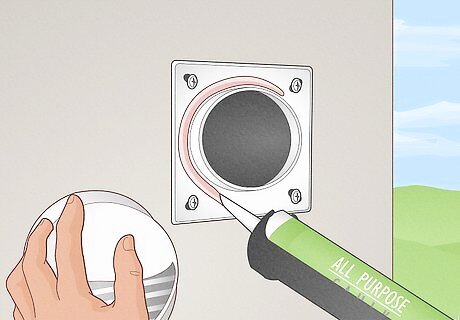
If you have forced air heat, lift out the vent covers and caulk or foam around the opening. Make sure you leave room for the vent cover to go back on, and not get stuck in the gooey caulk. If your ducts seem to have gaps in them inside the wall where you can't reach, roaches might be able to get access. You can fix some screen fabric under the vent to prevent them from getting in. A hot glue gun would be helpful for that. The screens would need to be cleaned periodically.
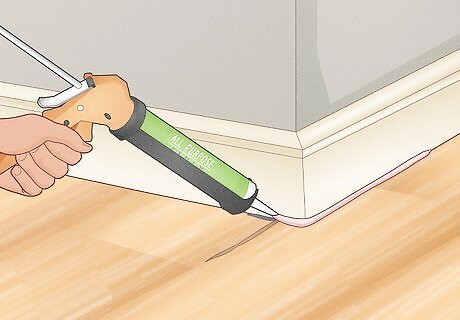
Fill very small gaps between the hardwood floorboards. A flooring person would not recommend this, but a person who wants the bugs gone would!
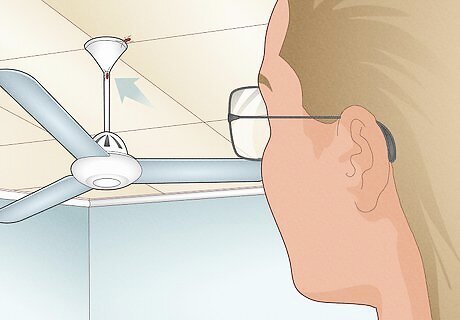
Keep your eyes open. If you see them, follow them and find out where they are coming in. Pretty soon they will be gone, gone, gone.




















Comments
0 comment